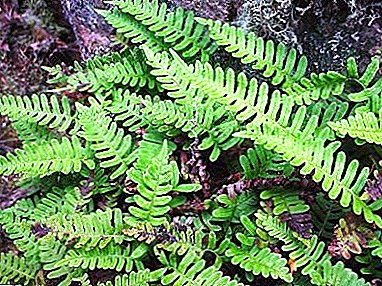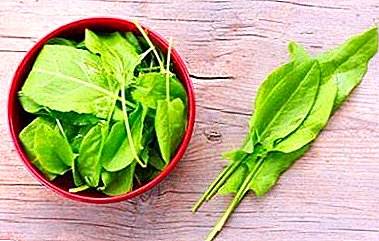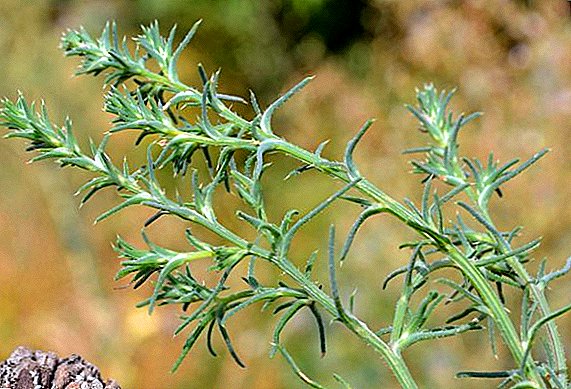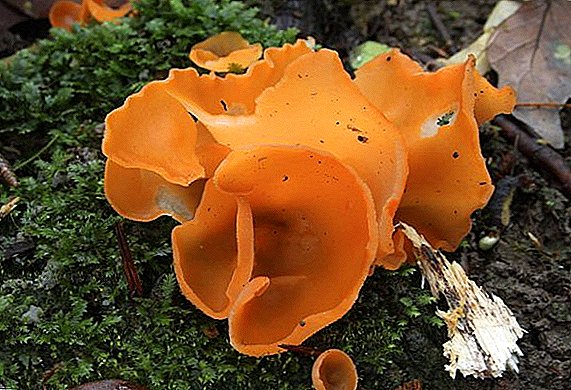 Bright, amazing mushroom can be found on the "silent hunt" - this is orange aleria. Often, mushroom pickers simply admire the outlandish form, without even knowing that this miracle of nature can be eaten. In the article we will describe in detail about the amazing mushroom.
Bright, amazing mushroom can be found on the "silent hunt" - this is orange aleria. Often, mushroom pickers simply admire the outlandish form, without even knowing that this miracle of nature can be eaten. In the article we will describe in detail about the amazing mushroom.
Other name
Latin name of the strange mushroom - Aleuria aurantia. It can also be found under the following names:
- Helvella coccinea;
- Peziza aurantia Pers;
- Scodellina aurantiaca.
Edibility
Alevria refers to conditionally edible mushrooms (before use, heat treatment is required). It is rarely eaten because they simply do not know that it is not poisonous. Neither a pronounced taste, nor any special smell, it is different. You can use it in salads or boil in the soup - in general, use, like any other mushroom. 
The conditionally edible mushrooms also include greenfinchs, purple rows, pigs, pushers, walui, flakefish, black milk mushrooms.
How does it look
Alevria looks very unusual and differs from other mushrooms in color and shape.
Important! Alevria has no poisonous counterpart.
Fruit body
The shape of the fruit body is cupped with uneven curved edges. The diameter of the "bowl" - from 2 to 4 cm, but there are also 10-centimeter specimens. The stem is very short. The upper surface is very bright: orange or orange-red, smooth. The lower surface, on the contrary, is bright with microvilli.
With age, the color becomes less bright, and the curved edges straighten a little.
Did you know? Dried and crushed flesh is used as a natural dye in haute cuisine dishes.
Pulp
White alerian pulp, rather thin, similar to cartilage. It breaks easily. 
Spore powder
White spores, with two drops inside.
Explore popular types of edible and inedible mushrooms.
Where and when grows
The orangefish is common in the temperate-northern climate. It grows in families and is so dense that often the caps of neighboring mushrooms grow together.
By soil and environment unpretentious, can grow in coniferous and deciduous forests. Occurs in parks, lawns, fallen trees and ruins.
With abundant rain irrigation, the saucer is very actively developing. In cases where silt is not enough sunlight, the caps have a dim, whitish tint. The first mushrooms can be observed at the beginning of the summer, and the fruiting period in the middle of autumn ends.
Important! The younger the aleuria, the softer and softer its pulp.
What can be confused
Orange pezitsu can be confused with the hair foliar (Melastiza chateri). The mushrooms are very similar, but the beads have an orange bottom surface and hairs along the edges.  Melastits hairs Other specimens of the genus Aleuria are similar to silt, but smaller and faded.
Melastits hairs Other specimens of the genus Aleuria are similar to silt, but smaller and faded.
Seeing this colorful and unusual mushroom, feel free to put it in your basket. Alevria will help diversify your diet and even surprise your guests with an exotic dish.
VIDEO: ALEVIRIA ORANGE
Reviews














